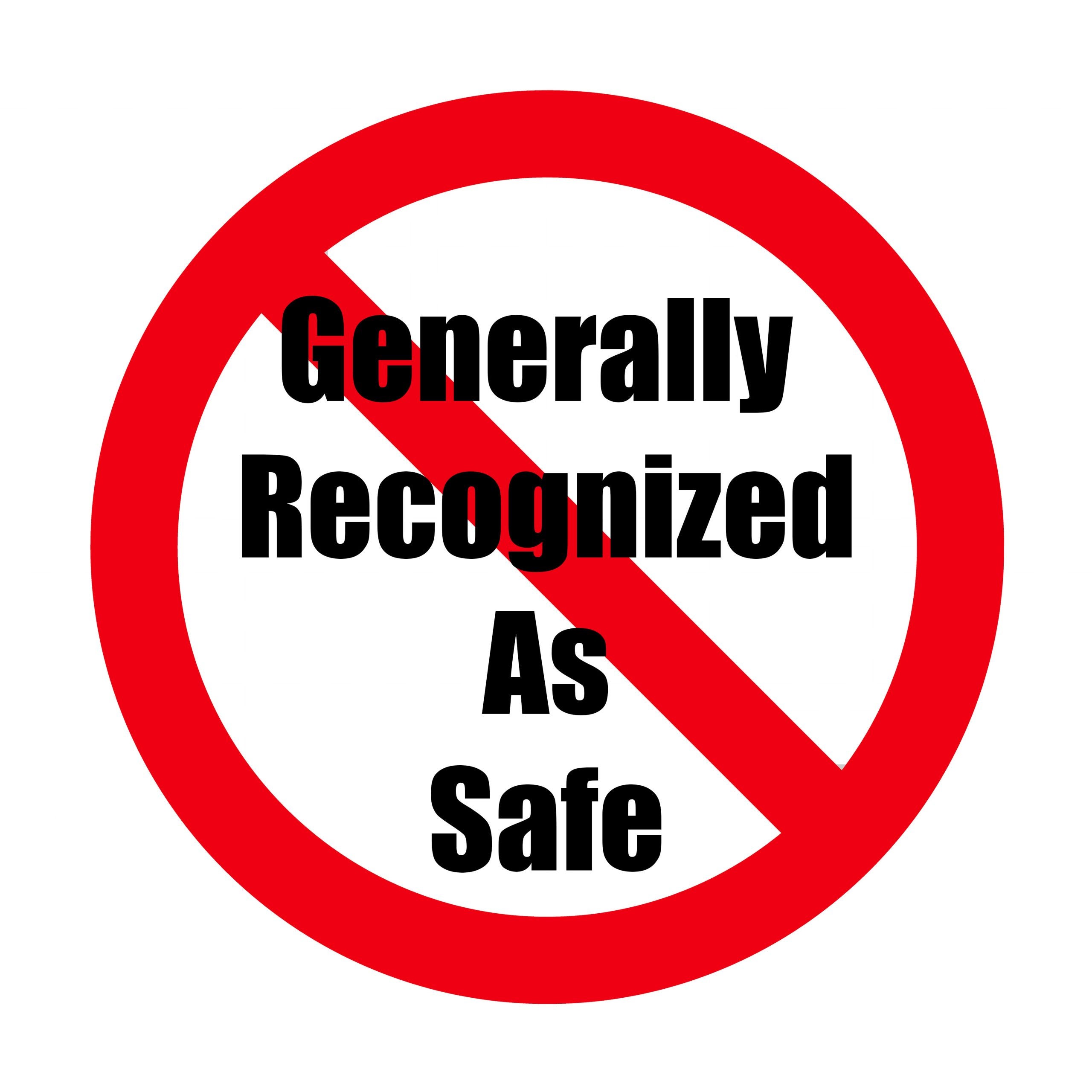Maricel Maffini, EDF consultant and Tom Neltner, Chemicals Policy Director
This blog is the sixth in our Broken GRAS series where we explore the Food and Drug Administration’s (FDA) Generally Recognized as Safe (GRAS) voluntary notification system for novel chemicals added to food.
In May, FDA removed its approval for all uses of 19 ortho-phthalates (aka phthalates) and some uses for two more because it agreed with the industry petition claiming the uses had been abandoned. During the comment period when the petition was filed and again when the decision was published, Earthjustice, EDF, and others warned FDA that despite the removal of approvals, a company could still use any of the abandoned phthalates without the agency’s knowledge by determining on its own that the use was Generally Recognized as Safe (GRAS).
In its decision, FDA implicitly acknowledged that this could indeed happen. After explaining what a GRAS safety determination[1] entails and how its voluntary GRAS notification program[2] works, the agency said:
In the future, if a manufacturer wishes to establish safe conditions of use for one or more of these substances in food contact applications, we expect the manufacturer to submit either a food additive petition or a food contact substance notification prior to market entry because these intended uses were previously authorized under section 409 of the FD&C Act.[3]
Since the agency has no way of knowing that a company determined a substance’s use was GRAS or that it was actually in use, FDA’s expectation is little more than a hope. The agency’s own studies show that the abandoned phthalates show up in food and in food contact materials. Many other studies have shown the same thing, including one that found an unapproved phthalate in fast food.
Recent studies show abandoned phthalates in foods or food packaging:
Two studies in 2021 showed that some of the phthalates industry claimed to have abandoned are still present in food and food packaging:
- FDA scientists measured dibutyl phthalate (DBP) and benzylbutyl phthalate (BBP) in fast food packaging.
- Edwards et al. showed that DBP, BBP, dioctyl phthalate (DnOP), and diisobutyl phthalate (DIBP) were present in fast food.
Food Packaging Forum database of chemical migration shows abandoned phthalates still used in food contact materials:
We searched the Food Packaging Forum’s FCCmigex database for phthalates FDA has revoked because the uses are abandoned; we used the CAS register numbers published by the agency in its decision and limited our search to studies published after 2017.
We found publicly available references of migration from food contact materials for 14 phthalates. See table below.
| Phthalates likely to be found in food supply or food contact materials | |
| FDA Name (CAS No.) | Evidence of migration since 2018 (FPF FCCmigex database) |
| Dibutyl phthalate (84-74-2) | 42 references |
| Diisobutyl phthalate (84-69-5) | 31 references |
| Diethyl phthalate (84-66-2) | 24 references |
| Butyl benzyl phthalate (85-68-7) | 15 references |
| Dioctyl phthalate (117-84-0) | 9 references |
| Dimethyl phthalate (131-11-3) | 9 references |
| Di(butoxyethyl) phthalate (117-83-9) | 4 references |
| Dihexyl phthalate (84-75-3) | 3 references |
| Diphenyl phthalate (84-62-8) | 3 references |
| Diallyl phthalate (131-17-9) | 2 references |
| Didecyl phthalate (84-77-5) | 2 references |
| Octyl decyl phthalate (119-07-3) | 2 references |
| Diisooctyl phthalate (27554-26-3) | 2 references |
| Butyl octyl phthalate (84-78-6) | 1 reference (a thesis) |
Conclusion
We urge FDA to include phthalates measurement in its Total Diet Study to verify that the abandoned phthalates are indeed absent from foods. In addition, the agency should move beyond vague statements like the one it made and immediately declare that abandoned uses are not GRAS.
[1] FDA said “for a substance to be GRAS based on scientific procedures, the scientific data and information about the use of a substance must be generally available and there must be general recognition among qualified experts that those data and information establish that the substance is safe under the conditions of its intended use (21 CFR 170.30).”
[2] FDA encourages firms to seek out evaluation of any conclusion of GRAS status before they introduce the substance into the market.
[3] 87 Federal Register 31087, May 20, 2022.









